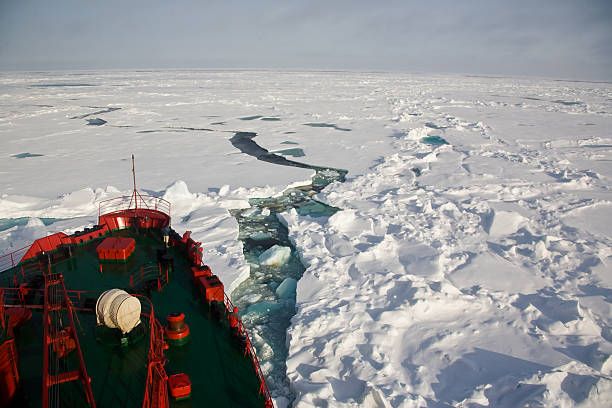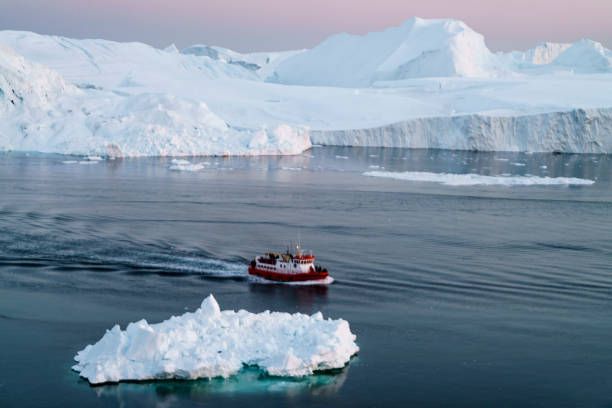The Arctic route: a challenge for the planet
By KENSA Logistics
Just over a year ago, in February 2021, shortly before the Suez canal was blocked by the Ever Green, a large modern cargo ship completed the Northern Sea Route or NSR for the first time in the middle of the winter. It was the Christophe de Margerie, a Russian LNG carrier that sailed from China to a Siberian port through the waters washing the shores of Northern Russia.
This route has traditionally been used exclusively in summer and on very rare occasions because the ice made it impassable for commercial shipping. However, the abovementioned winter crossing was not difficult: the ship only encountered ice formed over the course of the year, which is why its reinforced hull was able to break it without incurring any risks and without the help of the icebreaker, which would have been necessary years before. It is one of the consequences of climate change and the warming of the poles.
A business opportunity?
The planet is warming, and the poles are melting. Nobody denies it now. Last March a heatwave raised the temperature in the Arctic by 30 degrees above the average for that time of the year. What is surprising is that this failed to alarm the experts because these increases in temperature have been common in recent years.
Let me provide some data: during the summer of 2020, a temperature of 38° was recorded in the Siberian Arctic and, last August, 23.4° was recorded in Greenland.
Shipping companies are beginning to take advantage of this circumstance. After all, the sailing distance between Hamburg (in Germany) and Yokohama (in Japan) is 11,430 miles if the traditional Southern route through the Suez canal is followed. By choosing the Northern route, on the other hand, the distance is only 6,900 miles, that is, 40% less.
Canada’s polar region is also under great pressure, but most of the shipping in the Arctic involves Russian energy exports, which have recorded double-digit growth in recent years.
A challenge for the planet
However, sailing through the Arctic is not just a technical question. It is also a challenge for the planet and more and more people are questioning the use of this route because, according to the experts, diverting some of the traffic currently using the Suez canal through its waters would entail taking on too many risks:
- The first of them is that the ice would melt at a faster rate due to emissions in the area.
- It would also raise the chance of oil spills in an as yet pollution-free area.
- Moreover, it would greatly alter the habitat with high-intensity noise levels and artificial light in a territory that is both silent and dark.
The tension is obvious: do we reinforce this new channel with our international trade, or do we preserve one of the truly unspoiled territories on our planet?




